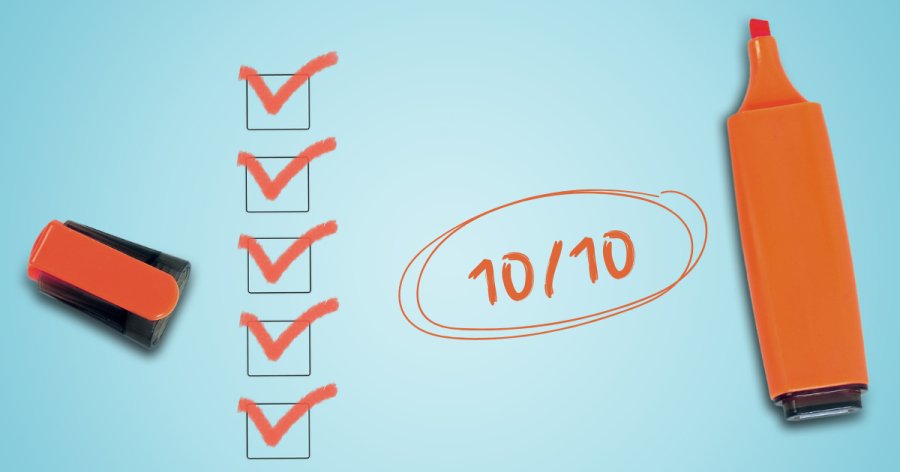When it comes to tenders, many businesses focus heavily on compliance, making sure they've answered every question, attached every document and ticked every box. That’s essential, and it is absolutely required, but if you want to win, it’s not enough to simply ‘just’ do. You need to strive for the highest score for each question, giving you the best chance of tender success.
Pricing questions are usually a conversation between you and your accountant; however, quality questions are where we, at Complete Tenders, come into our own.
Quality questions, the written responses, often carry the most weight in a public sector tender. They’re your opportunity to not just show you’re compliant, but that you’re the best choice for the contract. These questions are your moment to showcase how you will deliver value, reduce risk and align with the buyer’s specific objectives.
What procurement teams are really looking for
Behind every quality question is a buyer asking themselves:
-
Do they understand what we need?
-
Can they deliver what we’ve asked for, and more?
-
Are they credible, capable and easy to work with?
To score well, your answers need to do more than explain what you do. You need to evidence it, give the buyer confidence, and align it with their goals. You want the evaluator to read your response and think, “Yes, this is exactly who we’re looking for.”
Common pitfalls
Many bidders miss out on higher scores because they:
-
Repeat back the question without adding detail
-
Waffle
-
Use vague claims like “we always deliver high quality service” with no proof
-
Think that the response is a piece of marketing
-
Forget to tailor their answers to the specific buyer or contract
-
Don’t answer a question fully because it was similar to a previous answer
Even experienced organisations can fall into these traps, especially when responding under time pressure or copying and pasting from past tenders without proper review.
How to strengthen your responses
1. Follow the structure: If the question says “describe your approach to mobilisation, including staff training and handover,” make sure you cover all three parts, in that order. Missing one element could cost you valuable marks.
2. Be specific: Describe how you do things, not just what you do. Use process descriptions, job roles, timelines, and delivery steps to give a clear picture of your approach.
3. Add evidence: Use examples, data, or outcomes to back up your statements. Show the impact of your work. For instance, saying “we reduced mobilisation time by 30% through early stakeholder engagement” is far more persuasive than a general claim.
4. Mirror the buyer’s language: If they refer to ‘patient dignity’ or ‘inclusive recruitment’, use those same terms in your response. It shows you’ve understood the brief and care about the same things they do.
5. Make it easy to mark: Use headings, bullet points and plain English to guide the reader and make your response easy to score. Avoid jargon unless it’s industry-standard, and if you must use it, explain it.
6. Remember it’s a test, not a brochure: ]Treat each quality question like a mini-exam. The evaluators have a mark scheme, and you’re trying to hit the top score. That means covering everything they’ve asked for, in enough detail, with clear evidence.
A great bid doesn’t just tick boxes. It gives the buyer confidence. It shows you get it - their challenges, their values, their priorities. And that’s how you move from simply being compliant… to being the supplier they actively want to work with.
If you need help crafting your quality questions get in touch. Our experienced tender writers are on hand to help you write a compelling bid.



